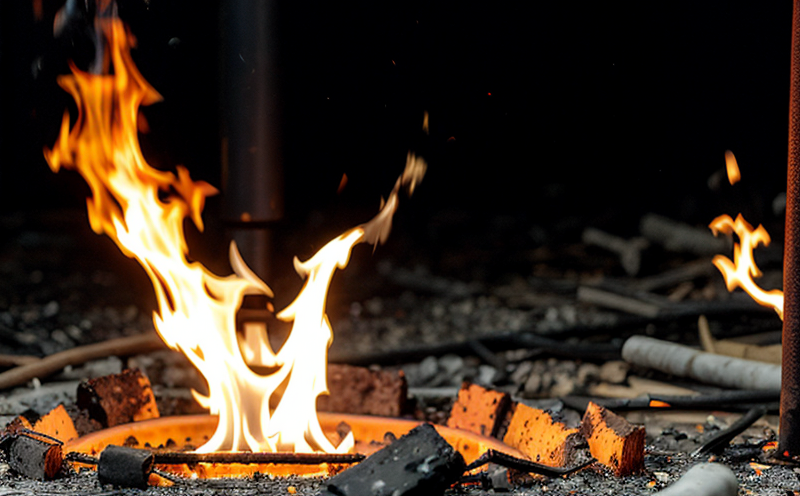EN 71-2 Resistance to Ignition Test
The EN 71-2:2019 standard specifies requirements and test methods for toys intended, or likely to be used by children under the age of three. One key requirement is the resistance to ignition testing as per Clause 6.5. This ensures that materials used in toy construction do not catch fire easily when exposed to a flame source. Compliance with this regulation helps protect young children from potential hazards.
The EN 71-2 test aims to simulate real-world scenarios where toys may come into contact with an ignition source, such as matches or cigarettes. The primary goal is to ensure that the toy components do not ignite under these conditions and pose a fire risk. Toy manufacturers must demonstrate that their products meet this requirement by passing the specified tests.
The resistance to ignition test involves exposing the sample to a small flame for 5 seconds, followed by an additional 10 seconds of self-ignition. After extinguishing the flame, the sample is observed for any signs of rekindling within two minutes after removal from the flame source. Compliance is determined based on whether there are no flames or glowing embers persisting beyond this period.
For accurate and reliable testing, it's essential to follow strict procedures outlined in EN 71-2:2019. This includes proper specimen preparation and ensuring that all equipment used meets the specified standards. Non-compliance can lead to product recalls or even legal issues for manufacturers.
Adequate documentation is also crucial throughout this process. Detailed records of test conditions, results, and interpretations help ensure reproducibility and traceability. Compliance officers responsible for quality assurance should familiarize themselves with these requirements to maintain regulatory compliance.
Scope and Methodology
| Aspect | Description |
|---|---|
| Test Specimen | The test specimen must be a representative part of the toy or its components, typically cut into small pieces measuring 10 x 5 mm. The specimen should not exceed 4 grams in weight. |
| Flame Source | A non-flaming flame source is used to ignite the sample. The flame duration lasts for exactly five seconds. |
| Observation Period | The specimen must be observed for a further ten seconds after the flame has been removed, during which any self-ignition or rekindling of flames should not occur. |
To ensure accurate and consistent testing results, it is important to follow these steps meticulously. Any deviation from the prescribed method could affect the validity of the test outcome. Proper documentation is also crucial for maintaining compliance records.
Eurolab Advantages
- State-of-the-art facilities equipped with advanced testing instruments comply with international standards.
- Experienced technical staff with specialized knowledge in toy safety regulations provide expert guidance and support throughout the entire testing process.
- Absolutely no waiting times between samples, ensuring timely delivery of test results to clients.
- Detailed reports tailored specifically for each client, offering comprehensive insights into their product's performance relative to EN 71-2 requirements.
By leveraging our expertise and resources, Eurolab offers reliable testing solutions that help toy manufacturers meet stringent regulatory standards confidently. Our commitment to excellence ensures that every test conducted adheres strictly to the specified guidelines.
Use Cases and Application Examples
| Application Example | Description |
|---|---|
| Baby Strollers | Tires, fabrics, and other materials used in baby strollers must undergo resistance to ignition testing. |
| Plush Toys | Fabrics from plush toys are tested for their ability to resist ignition when exposed to a flame source. |
| Magnetic Building Blocks | Plastic pieces and connectors of magnetic building blocks need to pass the resistance to ignition test. |
- Baby carriers and other portable child care products are also subject to this testing requirement.
- Manufacturers must ensure all materials used in these items comply with EN 71-2:2019.
These examples illustrate the wide range of applications where resistance to ignition testing is necessary. Ensuring compliance helps safeguard children's safety and promotes trust among parents and caregivers.





